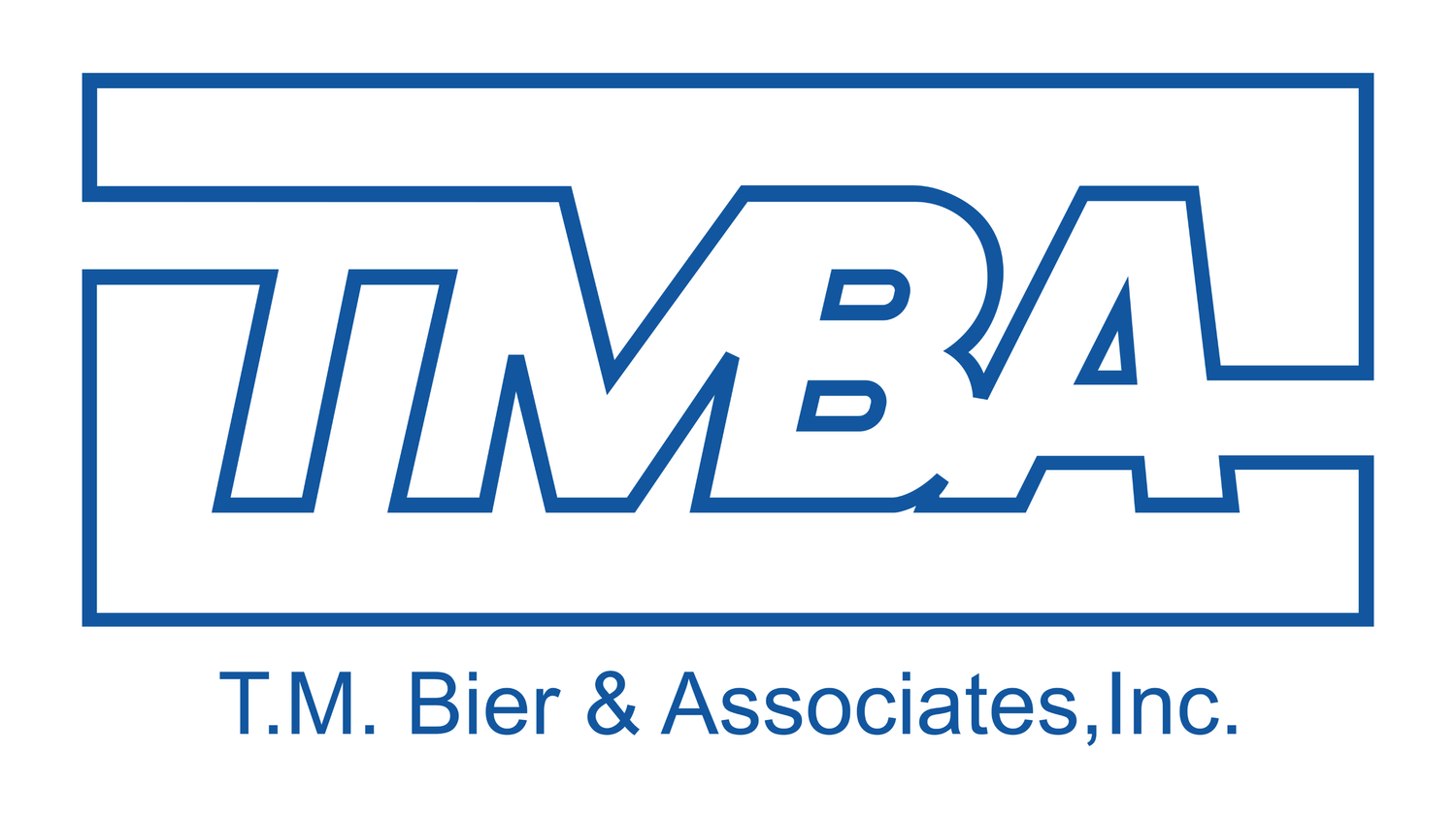Aging BMS’s put your building & business at risk – start your modernization plan today
This article was published by Schneider Electric & written by Manish Kumar
In this post, Manish gives a detailed look at the risks of not keeping your BMS updated, with a deeper dive on recommended solution.
What are the risks of using an aging, out-of-date BMS?
An obsolete BMS can cost you time and money while severely limiting functionality, and it would help if you had a future-proof BMS that could meet the demands of today and tomorrow.
If you have not updated your BMS, here are three critical risks you should consider.
Risk of cyberattacks
A report by Kapersky showed 37.8% of computers used to control building automation systems were impacted by cyberattacks in the first half of 2019. Whether or not those attacks were aimed specifically at a BMS, these systems can still be an endpoint for malware. As IT and OT systems continue to converge, an attack through a vulnerable BMS can route its way through other critical automation and business systems, as was the case in the famous Target breach of 2013. Updating your BMS with the latest software and security updates will make your IP network more resilient to cyber threats.Risk of decreasing BMS performance.
As your BMS ages, its performance degrades compared to its original specification. It is also unable to keep up with new requirements. For example, it may be limited in the operations it can perform and have outdated connectivity capabilities. This may mean your BMS cannot integrate with the newest power and energy management systems, so you have no visibility of energy use or equivalent emissions. The latest BMS technology will help you understand and manage energy use, optimize your BMS settings, and simplify sustainability reporting to help you comply with standards and regulations.Risk of business disruption.
As your BMS reaches the end of life, the risk of breakdown increases. Replacement parts, software updates, and service technicians trained to work on your obsolete system may all become difficult or impossible to find. All of this results in higher costs in terms of maintenance, repair, and business downtime.
To avoid all of these risks, you need to modernize your BMS. You may think that this will require an expensive overhaul or replacement of your entire building management system.
A better, more cost-effective solution can be achieved in three simple steps:
Create a comprehensive plan
Short-term: Replace legacy software
Long-term: Replace legacy hardware
Now, let us have a closer look at the best way to choose and manage your solution.
Well-planned BMS modernization pays for itself
BMS modernization can be done in manageable steps that optimize your investment while maximizing the benefits. Choosing the best time to do this upgrade can help. This should be done well before the end of its lifecycle, enabling an incremental upgrade that extracts the greatest lifespan, keeps the software up to date, gains performance enhancements, and protect against cyberattacks.
Modernization does not have to be capital intensive. The newest BMS software offers backward compatibility that may allow your existing BMS to be updated. The cost of upgrading front-end software and top-level controllers can be typically five times less than replacing everything and with minimum business disruption. By leveraging the newest technologies, you will optimize operations and lower your energy use by up to 30%. These savings can then be used to pay for the replacement of field devices. In this way, BMS modernization pays for itself.
Of course, the question remains: what BMS solution should you choose?
We believe that our next-generation EcoStruxure Building Operation best meets today’s challenges while being able to adapt to evolving needs, whether you operate a small building or a large, complex multi-site enterprise.
For example, Davis School District used EcoStruxure Building Operation to transition their entire BMS for 10 million sq. ft. of facilities in just a few weeks. The modernized BMS has helped them achieve a 7% reduction in HVAC energy consumption, even when the campus grew by 18%.
Here are a few of the many benefits you can expect from modernizing with EcoStruxure Building Operation:
Best-in-class cybersecurity and compliance – software, hardware, and systems are cybersecure by design.
End-to-end IP solution – faster, more reliable communications and easy system-to-device integration.
Greater efficiency – save time and labor with any time/anywhere report access, scheduling, advanced alarms, zoning presets, and more.
Deeper insights and tighter control – fast navigation, portfolio-wide views, historical trends, enhanced dashboards, mobile access, and automated asset control to optimize comfort.
Simplified support and troubleshooting – built-in analytics, with software always kept up to date.
Elevate BMS to the cloud – a secure, scalable cloud-hosted option for enterprise functions such as BMS global schedules and setpoints, and more, with no need to host software/hardware onsite.
The EcoStruxure Building advantage – a complete ecosystem of smart devices, apps, and services that help future-proof your BMS investment. Integrate with other applications, such as EcoStruxure Engage Enterprise that empowers employees with high-value digital services. Take advantage of a wide range of advisory services that help your team reduce energy and maintenance costs, maximize power resilience, protect occupants with integrated BMS and security, and improve the employee and guest experience.
Schneider Electric & TMBA will help you create a modernization path tailored to your organization’s needs, budget, and sites. To learn more about our BMS services, or get questions about your next BMS upgrade or install answered, contact us.

